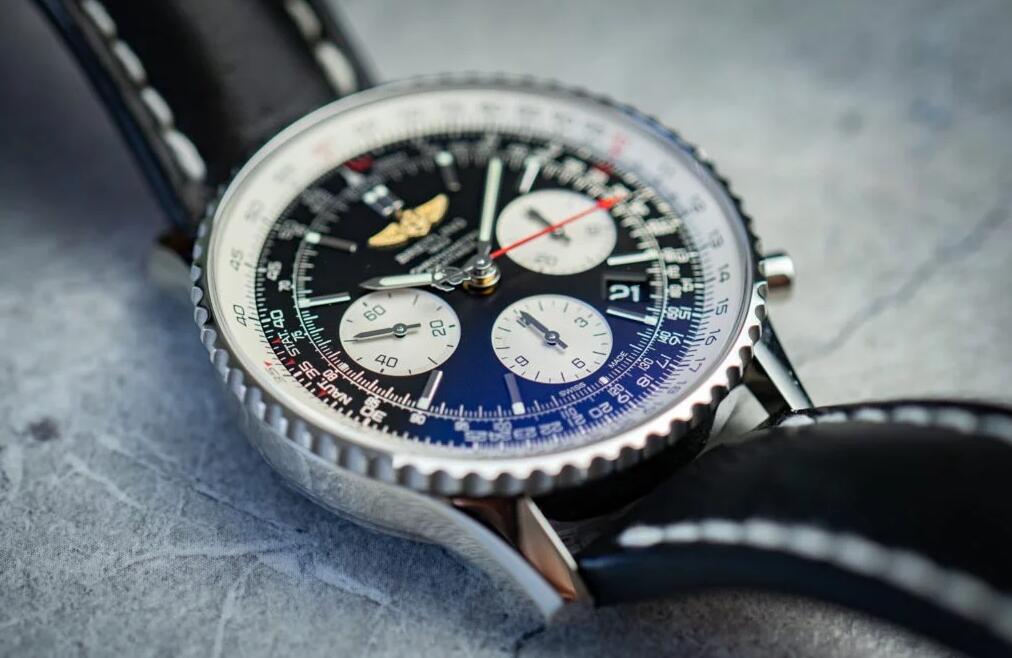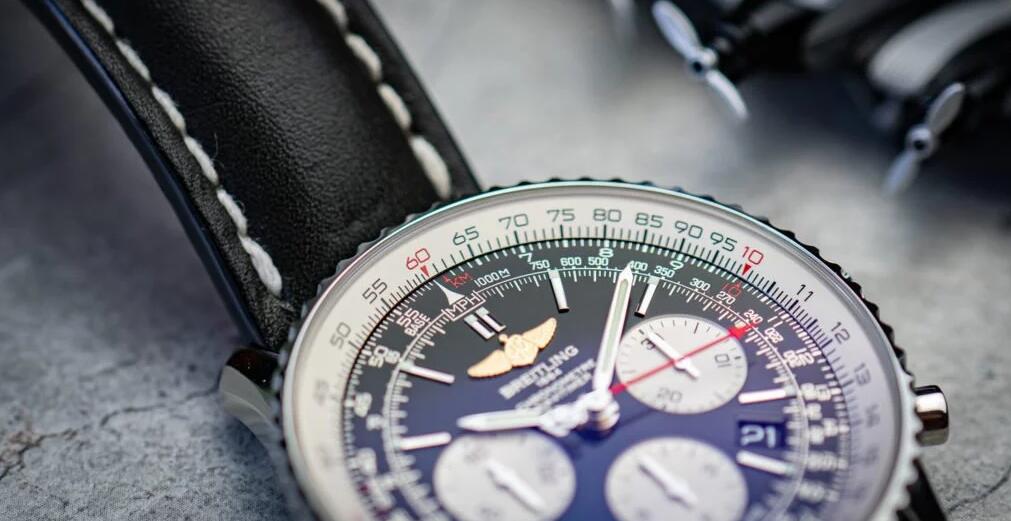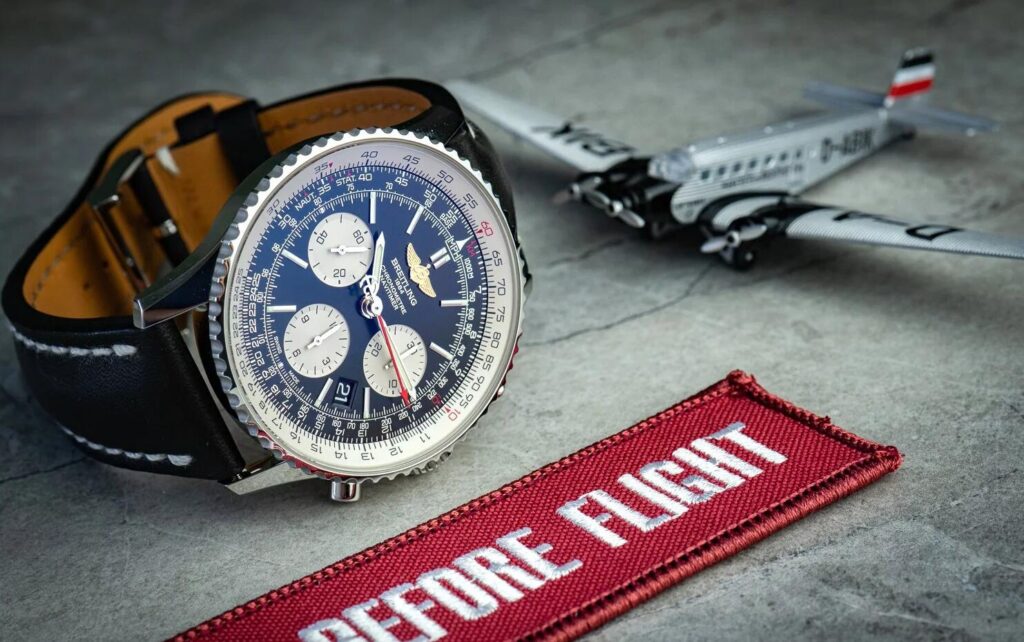The Breitling replica watches Navitimer 1884 (sometimes incorrectly referred to as “Breitling Navigator”) is one of the best-known and most popular chronographs or pilot’s watches of all: thanks to a sophisticated, bidirectional slide rule bezel and good contacts in the aviation industry, the Swiss veteran Breitling achieved a breakthrough in the 1950s the Navitimer Chrono, which is still very popular today.
In order to understand the evolution of the Breitling Navitimer, in this article we first look at the history of Breitling chronographs. Since the founding of Breitling SA, Léon Breitling’s focus has been functional chronographs, which were used, for example, for military or industrial applications. Breitling’s expertise was also in demand in aviation, which is why the Swiss supplied aircraft manufacturers with on-board chronographs early on. At the time, Breitling was considered a real pioneer in this field. But one after anonther…

Breitling Navitimer 1884 navigator and pilot chronograph
Chronographs from Breitling: The origins of the Breitling Navitimer 1884
When founding father Léon Breitling died in 1914, his son Gaston took over the family business. And Gaston (thank God!) didn’t question the company’s focus on chronographs: just a year later after taking office, in 1915, he brought one of the world’s first chronograph wristwatches with a separate pusher onto the market…

Only a little later, in 1923, Breitling showed its pioneering spirit again: a patented pocket watch with two chronograph pushers came onto the market. What’s special: Starting and stopping was done using the pusher at 2 o’clock, the second pusher was integrated into the crown and set the chronograph mechanism to zero. This made it possible for the first time to measure several time intervals one after the other.
Here are two original advertisements from 1894 and 1905 that highlight the chronographs (Chronographes) and time counters (Compteurs) from Breitling and show their importance for the Swiss manufacturer.

Gaston Breitling died unexpectedly in July 1927. His son Willy was only 14 years old at the time and therefore not yet old enough to follow in his father’s footsteps. Therefore, the company was managed by an external management team for five years. When Willy took over management of the company at the tender age of 19, chronographs were still part of the core business. At this point, Breitling’s collection included over 40 different chrono models – in the form of wristwatches and cockpit devices.